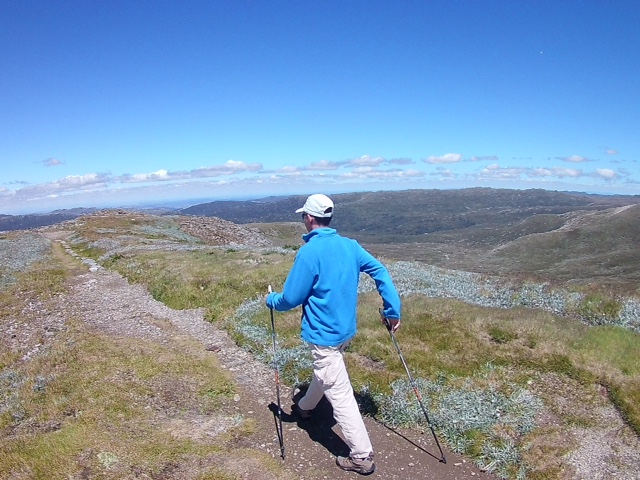
As a form of exercise Nordic Walking is gaining popularity around the world, due to the health benefits and because it is fun! The use of the poles reduces the impact forces and weight-bearing on your legs and back when your foot contacts the ground. You use more muscles, burn more calories, move faster, and get a whole body workout. There is more movement in your trunk and increased use of your muscles, improving posture.
Put simply, it is 'smarter walking'!
At Nordic Walking Brisbane we train you in Nordic Walking technique and specific drills and exercises. In most cases it takes around six sessions of instruction to build the basic technique, with practice time required between each session.
Nordic Walking can be used as part of a rehabilitation program and variations on the basic technique can be made to accommodate for specific injuries. It is especially useful to help you get up hills easier. For those at a higher level of fitness and skill, the poles can be used for Nordic Jogging, Bounding and Skating drills.
